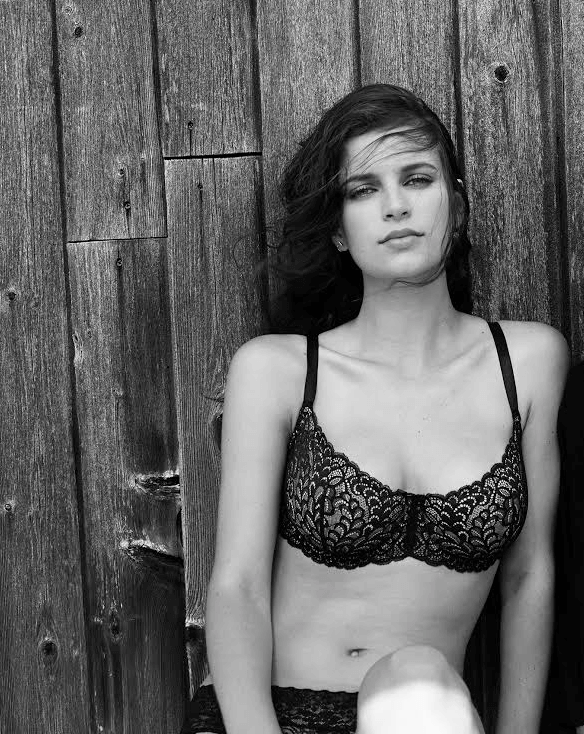It’s no secret that most American women are wearing the wrong bra size. A now-famous study by lingerie manufacturer Wacoal found that a whopping 80 percent of ladies aren’t getting the support they need from their undergarments. So what’s a gal to do? Bra expert Jené Luciani, who also penned “The Bra Book,” says it’s all about being an educated consumer. “Many women head into a store, rely on the salesperson completely, don’t have any clue what they did to come to their conclusion, and then walk out with a bunch of bras that they feel totally uncomfortable and unhappy with,” Luciani tells Metro. “Another common mistake is not having any information, not wanting to get fitted, and just grabbing things off the rack in the size you’ve worn for the last 10 years, which is a recipe for unhappiness.” Luciani drives home the fact that women don’t stay the same bra size their whole life. Pregnancies, weight gain or weight loss, and menopause are among the many factors that contribute to fluctuating breast size. This is why her rule of thumb is to get fitted every six months to a year. “There are also little clues to look out for when you’re bra shopping,” Luciani adds. “For instance, the bridge, which is the piece between the cups, is supposed to fit flush against your ribcage. So your breasts are supposed to be two separate breasts encased in each cup with that middle piece sitting flat against your ribcage.” In other words, if there’s a gap between you and the fabric, you probably need to go up a cup size or two.
EXPERT BRA-SHOPPING TIPS
Looking for other killer tips for finding the best-fitting bra? Lingerie mogul Michelle Lam, founder of True&Co., weighs in with her favorite advice.
Check the bands: “Look at whether the band sits horizontally all the way around the torso when the shoulder straps are comfortably taut. It shouldn’t ride up the back.”
Look at how your breasts sit in the cups: “There should be no space between the breast and the cup, and no extra overflow at the cleavage line or near the armpits.”
Remember that your body changes over time, so be willing to try new sizes and styles: “Ultimately, you shouldn’t feel your bra on your body. Pinched areas and loose straps are an indication of an ill-fitting bra. It should be comfortably supportive and taut on every surface.” CARING FOR YOUR BRAS
How often do you wash your bras? According to Luciani, they really should get thrown in the hamper after each use.
“The dirt and oils in our skin really break down the elasticity of the fabric,” says Luciani, who adds that hand washing them is ideal.
If washing your bras by hand doesn’t fit into your lifestyle, she recommends tossing them in a little mesh garment bag before putting them in the washing machine. Since parts of the bra can snag in the machine, this is the best way to protect them. “Clasp the back of the bra, and then put it on gentle cycle or wash in cold water with a gentle detergent,” Luciani adds. “And never put a bra in the dryer; heat will kill it.”
Does this woman look like a D cup?

True&Co.


















